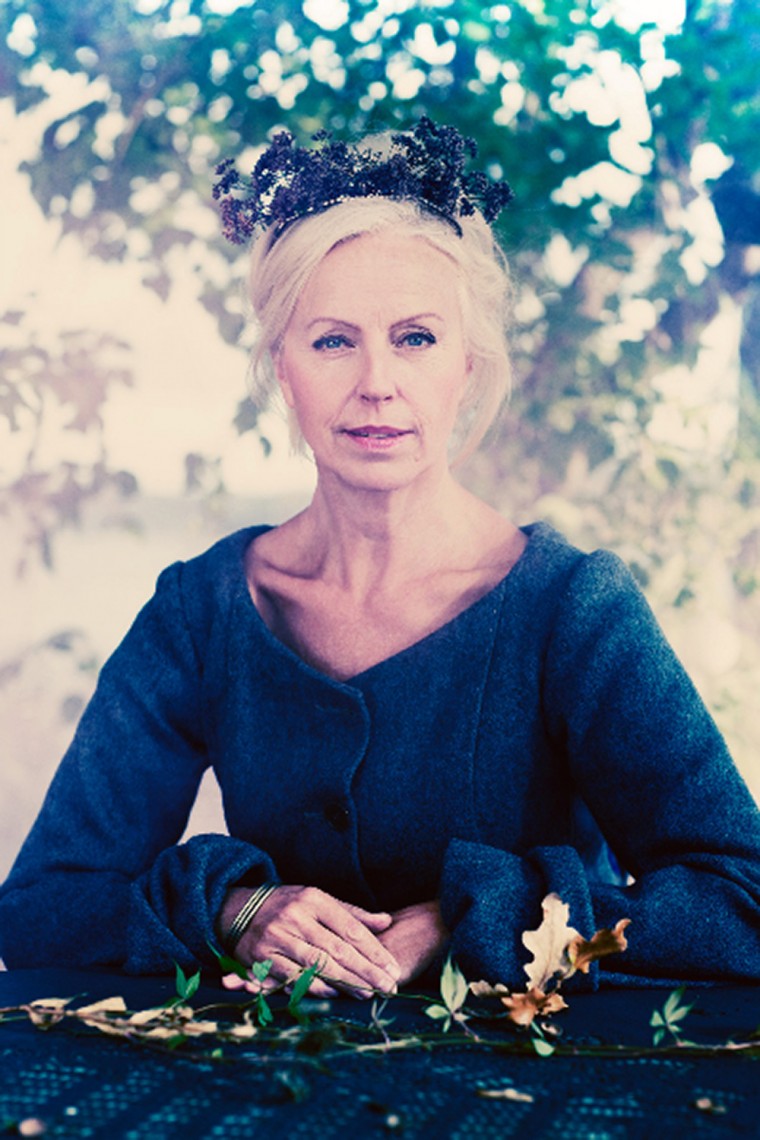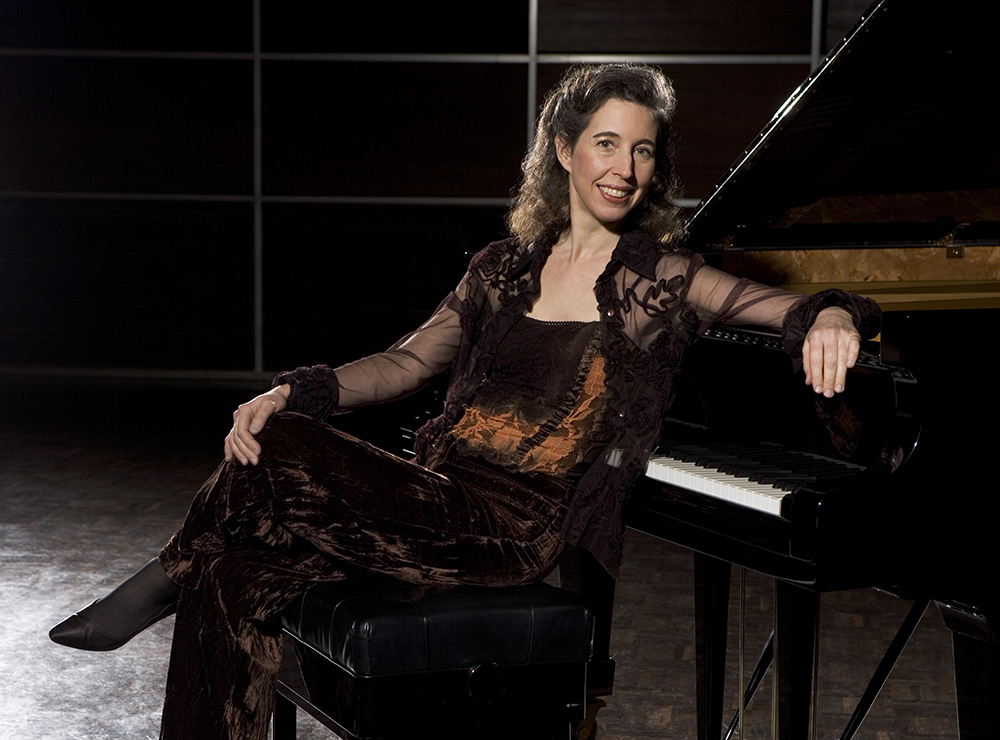
This past Friday evening, Swedish mezzo-soprano, Anne Sofie von Otter, and Canadian pianist, Angela Hewitt launched their five-city tour of North America – a tour which will take them from Toronto and Chicago to San Francisco, New York City, and Boston. Although a bitterly cold Toronto evening, Koerner Hall patrons arrived in full force, eager to applaud two major international musical icons performing together. But how ironic that the recital should open with a Lied – by Beethoven – extolling the virtues of spring!
The generous programme for this sold out event consisted of songs and solo piano pieces by German masters on the first half (Beethoven, Schubert and Brahms) and French maîtres (Hahn, Fauré, Chabrier, Debussy and Chaminade) on the second half. And while the ingredients for success were all there, the evening proved to be a mixed, occasionally wanting, affair.

Angela Hewitt, well known as a recitalist, a chamber musician and as a soloist with orchestra, also includes vocal accompanying in her musical arsenal. She has always maintained an interest in singing, ever since she was a child. In fact, one of her treasured possessions is a tape of herself singing Early One Morning [an English folksong] at the age of 4 with her mother accompanying her. She also sang in her father’s choir at Christ Church Cathedral in Ottawa, and while in her teens she often accompanied young singers and played for vocal classes at the University of Ottawa. To date, she has worked with many outstanding singers of our generation: from Dames Felicity Lott and Anne Murray, to Gerald Finley and, of course, Anne Sofie von Otter.
That said, however, it was Hewitt’s solo contributions to the evening that proved to be the most substantial and most satisfying, including her caressing account of Schubert’s Impromptu in G flat major, Opus 90, No. 3. For this exquisite gem, Hewitt found the perfect tempo upon which to weave Schubert’s long, lyrical lines: neither too fast; nor too slow. Brahms’ Intermezzo in E-flat major, Opus 117. No. 1 was inspired by a Scottish poem: “Sleep softly my child, sleep softly and well! It hurts my heart to see you weeping.” Hewitt’s approach was perhaps more brooding than tender.
It was in the second half, however, that the Canadian pianist really shone. Her spirited and virtuosic account of Chabrier’s Bourée fantasque set out to prove that it was, as the legendary pianist Alfred Cortot once described it, “one of the most exciting and original works in the whole literature of French piano music.” Chabrier himself said of his work, “It should be bright and crazy” and “bright and crazy” it was, with Hewitt pulling out all the stops and colours of her Fazioli grand. It was one of the major highlights of the evening with the appreciative audience showing their approval with sustained and enthusiastic applause.
Mention should also be made of Hewitt’s buoyant and exuberant accompaniment to that notoriously difficult Schubertian evergreen, Der Musensohn.
Von Otter and Hewitt first met and worked together in 2012 at Hewitt’s Trasimeno festival in Italy. “It is one of life’s great joys,” Hewitt has said, “to accompany a singer such as Anne Sofie von Otter.”
During the interval for this concert, I overheard several complaints that there were problems with balance between voice and piano. Now this usually means that the piano is too loud, but not in this case. In fact if anything, the opposite was true. The piano was fine. It was the mezzo who was too soft.
It became increasingly clear, that von Otter had misjudged the acoustics of Koerner Hall, as she sang the entire first half in a curious half voice as if performing in someone’s living room. As a result the voice lacked substance and did not project well, making her sound more like a light soprano than as a mezzo.
This said, however, von Otter is a wonderful communicator and one with a telling sense of humour, as was evident in Beethoven’s, The Flea. It was also a pleasure to hear a group of rarely heard songs by Cécile Chaminade. But it was Debussy’s atmospheric Trois chansons de Bilitis which found both artists in their element.
I rarely make sartorial comments, but Ms. Otter – a tall, handsome, willowy blond – wore a shapeless, unflattering, midnight purple, velour gown which was a constant visual distraction.
Hewitt and von Otter warmed their audience with three lovely encores before returning us to the harsh reality of a winter evening: Schubert’s Der Schmetterling, Martini’s Plaisir d’amour, and Charlie Chaplin’s Smile.
- THE VOICE | Renée Fleming Turns Gold at Roy Thomson Hall - November 7, 2015
- THE SCOOP | Glenn Gould: Celebrating Genius with Cupcakes - September 28, 2015
- SCRUTINY | The Rebirth of R. Murray Schafer’s Apocalypsis - June 30, 2015



